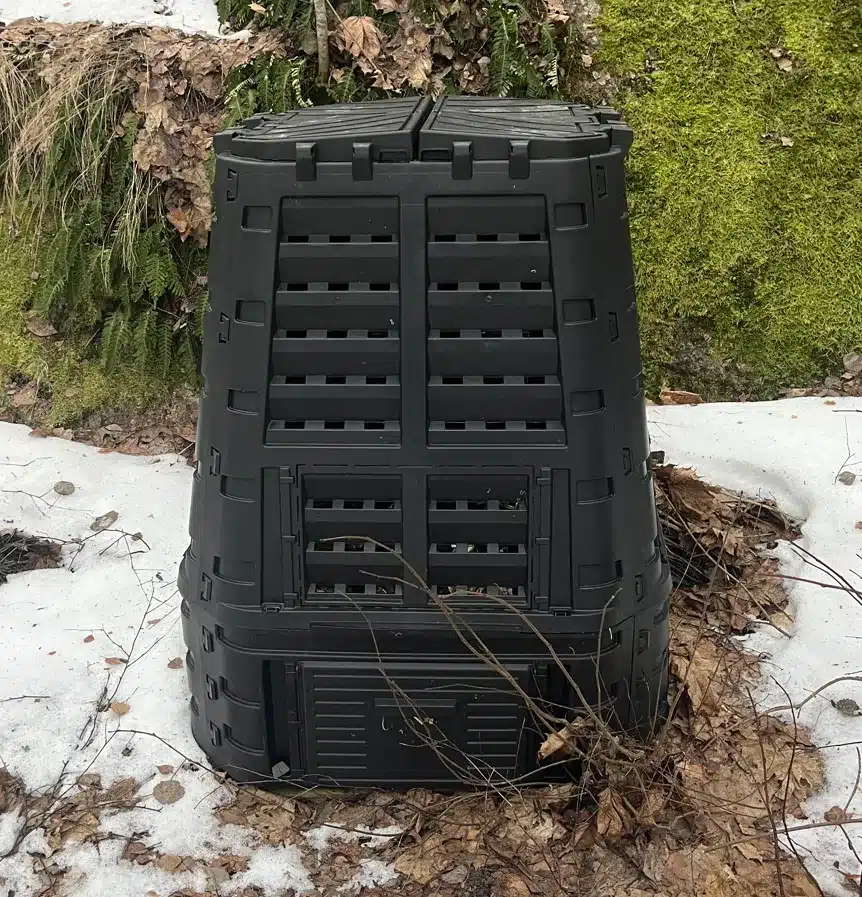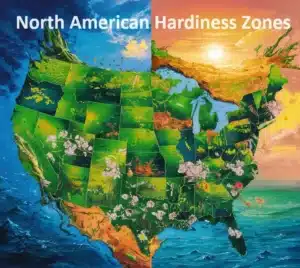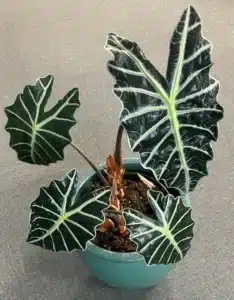

What different types of Composts are there?
Not many things show the natural renewal cycle as well as using different kinds of organic compost. Thanks to making compost, we can recycle a lot of our organic waste, getting a natural and eco-friendly fertilizer that helps our plants grow better.
Wanna know more about the different compost types? Then join us in this article where you’ll find a gardening guide on six different compost types and their features.
What is Compost and What's it For?
Compost is an eco-friendly plant fertilizer made by breaking down various types of organic waste. In other words, when we make compost, we turn our leftovers like kitchen vegetable scraps or garden trimmings into a product that lets plants absorb nutrients through their roots when added to the soil.
Plants, especially those in pots, use up the nutrients in their soil or substrate and need an extra boost to keep growing healthily. Homemade compost is a cheaper alternative to buying synthesized chemical fertilizers, and it’s also an eco-friendly and sustainable method. So, we can say compost is used to give plants more nutrients.
Types of Compost
In summary, here are the most commonly used eco-friendly compost types:
- Common Compost: Pile, Surface, Compost Bins, and Industrial.
- Vermicompost or Worm Castings.
- Bokashi, Bocashi Compost, or Japanese Compost.
Common Compost and its Types
Common compost refers to the most common and simple way of making homemade compost. There are different methods, mainly depending on how we stack organic matter to decompose. When making this compost, it’s essential to maintain a proper balance between different types of waste, usually separating wet and dry or carbon-rich and nitrogen-rich materials. If the compost seems too greasy or gives off strong smells, it probably contains too much nitrogen-rich waste. On the other hand, if the mix decomposes too slowly, it might be due to an excess of carbon-rich materials. Here are the different types of common compost:
Pile Compost: This is a widely used method for people with gardens or extensive land. It involves stacking layers of organic materials alternately on the ground. Usually, the pile is covered with straw or a similar material, and water is added as needed to maintain proper moisture and heat levels. Regular turning is necessary to aerate the pile.
Surface Compost: This method allows compost production and application in a single process. Organic matter is applied directly onto cultivated soil, similar to green manure or mulching methods. As microbial life and insects decompose organic matter, nutrients filter directly into the soil, enriching it.
Compost Bins or Composters: This method is widely used by non-professional gardening enthusiasts. Its main advantage lies in its simplicity, as one only needs to purchase one of the many available compost bins. These are optimized and usually come with usage instructions to make composting easier.
Industrial Compost: There is also industrial compost, which requires facilities with pipes that supply oxygen to the pile of organic matter and extract the carbon dioxide produced, significantly speeding up the process.
Vermicompost or Worm Castings
Also known as worm castings, vermicompost is one of the most beneficial organic fertilizers for plants and soil properties, both in terms of nutrients and beneficial microbial load. It is particularly useful for microorganisms that associate with plant roots and protect them from pathogens like fungi and bacteria.
Vermicompost is mainly made with California red worms, valued for their voracity and ability to consume almost any organic plant waste, except citrus and products from the garlic and onion family.
To obtain it, all you need is to get some of these worms and a vermicomposter, which can also be made at home without too much trouble. As soon as we start adding organic matter, our worms will quickly multiply and generate vermicompost.
Bokashi or Japanese Compost
Bokashi compost is a type of compost that originated in Japan, also known as Japanese compost. Rice farmers in this country developed it as a way to productively use their waste for their crops.
Its main advantage over common compost is that the decomposition process is much faster. This is thanks to the addition of a culture of microorganisms prepared with water, molasses, and yeast. Additionally, bokashi also includes chicken manure or avian compost among its ingredients, as well as ashes, rice husks, and charcoal, although some of these materials can be replaced by others.



